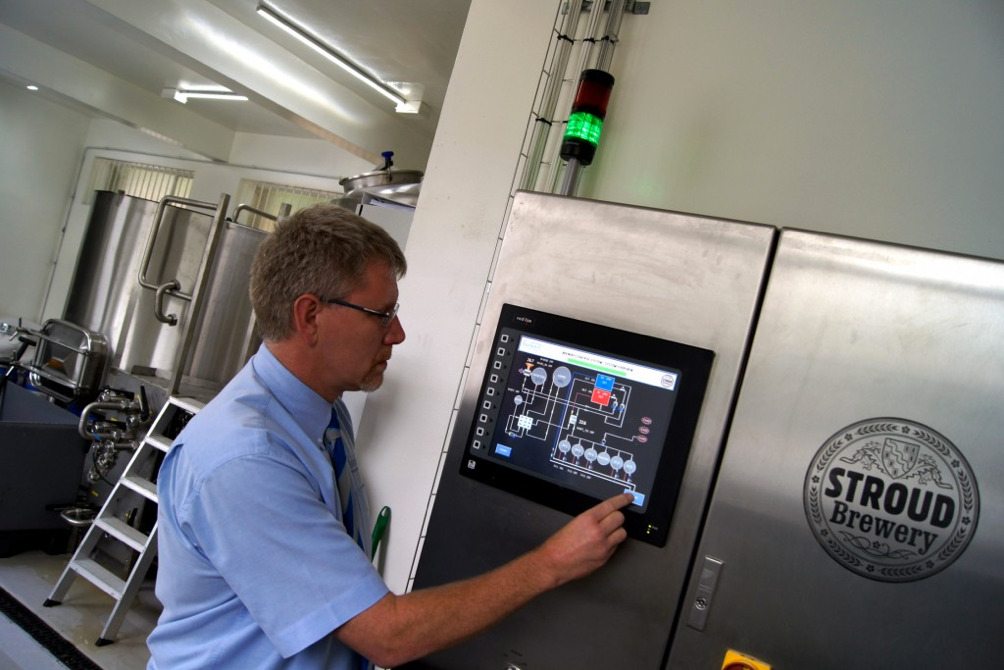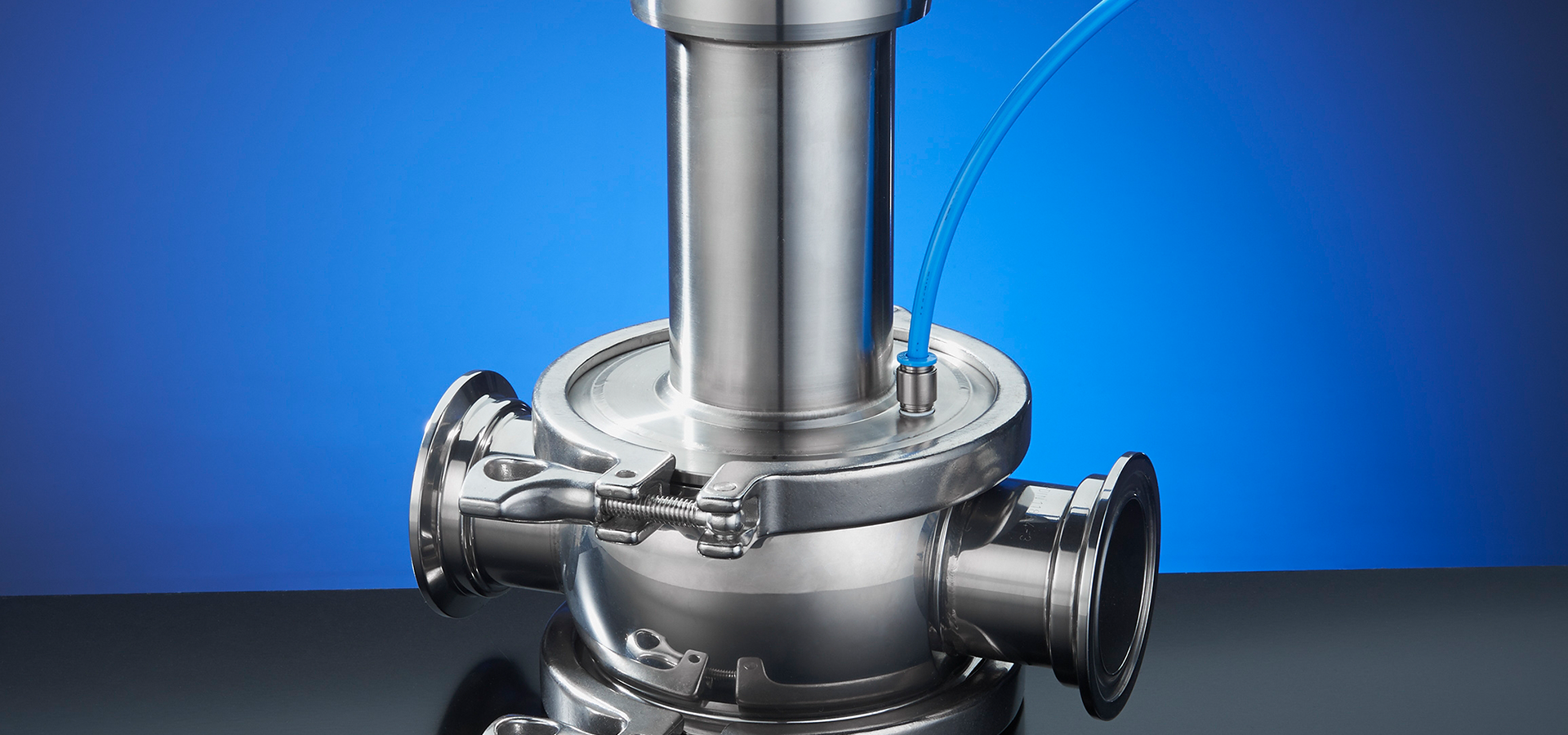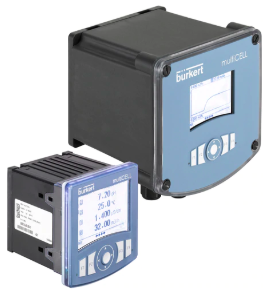
Intelligent control for food processing
Food processing automation trends are increasingly leaning towards precise control and greater information gathering at device level. BM Engineering Supplies outlines what to consider when setting up an intelligent control system to suit your particular application.
Process control infrastructure has seen many advances in terms of design, efficiency and reliability, where better control has also paved the way for continuous processes, reduced waste, improved hygiene and greater efficiency. Plus, the amount of information available from local devices improves the feedback for control loops and provides better information for increasingly sophisticated plant visualisation, management and reporting software.
However, integrating this technology into an existing application can be a daunting prospect and one that may require expert help.
Different types of automated process valves
Automated process valves, depending on their size and design can either be pneumatically ‘piloted’, whereby a pressurised air supply is used to actuate the valve, or solenoid piloted, where the use of a solenoid valve provides the power to operate the actuators. These items are usually connected to a PLC or other electronic controller that uses a software program or routine to keep the sequence and operation of the process valves in synchronisation with the desired pressure, flow and mixing required of the fluid being controlled.
If a compressed air supply is available, then pneumatically piloting the valves may be the right option and there are some innovative solutions on the market to connect large numbers of pneumatic control air lines to a control valve manifold block in a hygienic environment. This centralised system can provide an ideal solution for smaller applications or those with reduced automation requirements.
However, as the scale of production increases so does the complexity and quantity of control wiring and compressed air lines. All of which require space, time and skill to be correctly installed. The alternative is the use of intelligent control valves that only require a common supply of compressed air and a fieldbus connection.
When is a distributed control approach appropriate?
When connecting larger numbers of process valves, which are often required in high densities for continuous process applications – typically supplying fluids such as ingredients or for CIP processes in food processing applications – then a distributed control approach may be more suitable. Using fieldbus protocols such as ASi, Profibus and DeviceNet allows individual valves to be connected using just one or two cables to link back to a local controller, or up a level to a factory wide bus network.
The relative costs of a separate local enclosure, rack mounted PLC, I/O, cabling, power supply and HMI can also effectively be replaced with just one small control unit that can be mounted either on or very near to the process valve. This is made possible by using smaller proprietary controls and/or intelligent valves with their own onboard control loops and parameters.
Deciding on which approach is the most suitable requires the decision makers to have all of the available information and this will usually require an in-depth knowledge of the process as well as competent advice on the advantages and disadvantages of each design. Consideration about the ease of commissioning and maintenance as well as the availability of competent fieldbus engineers is also essential.
Bürkert’s automated valve solutions
Bürkert Fluid Control Systems has been at the forefront of developing the technology required to make these significant steps in process control design possible. The ELEMENT range of intelligent control valves for example has been specifically designed for hygienic applications with many features that will benefit the food processing industry.
The company also provides smaller localised controllers such as the multiCELL device which can be used to monitor and process feedback from several valves and sensors before communicating up to a PLC or wider factory automation platform.
Bürkert has solutions for all options, with no bias towards one or the other, just a commitment to delivering the best value and long term reliability. These are all supported by BME’s experienced team of engineers, who are all on hand to provide expert advice in designing and installing your new intelligent control system.
Speak to one of BME’s knowledgeable advisers today by calling 0141 762 0657 or email sales@bmengineering.co.uk. For more information please visit www.bmengineering.co.uk.test.



